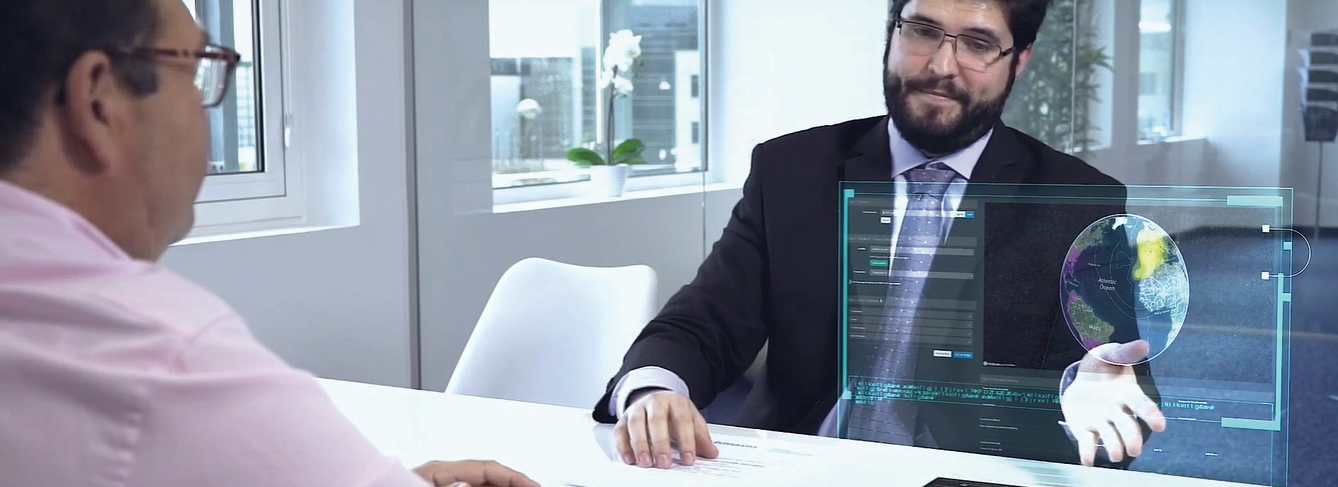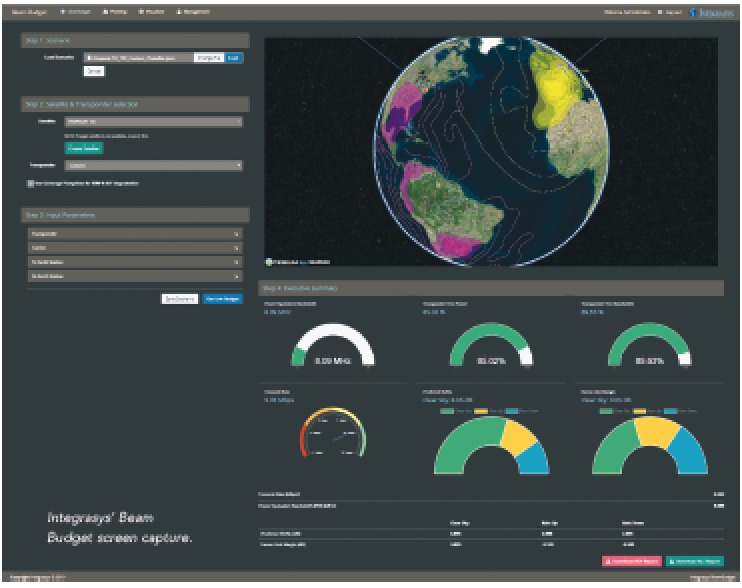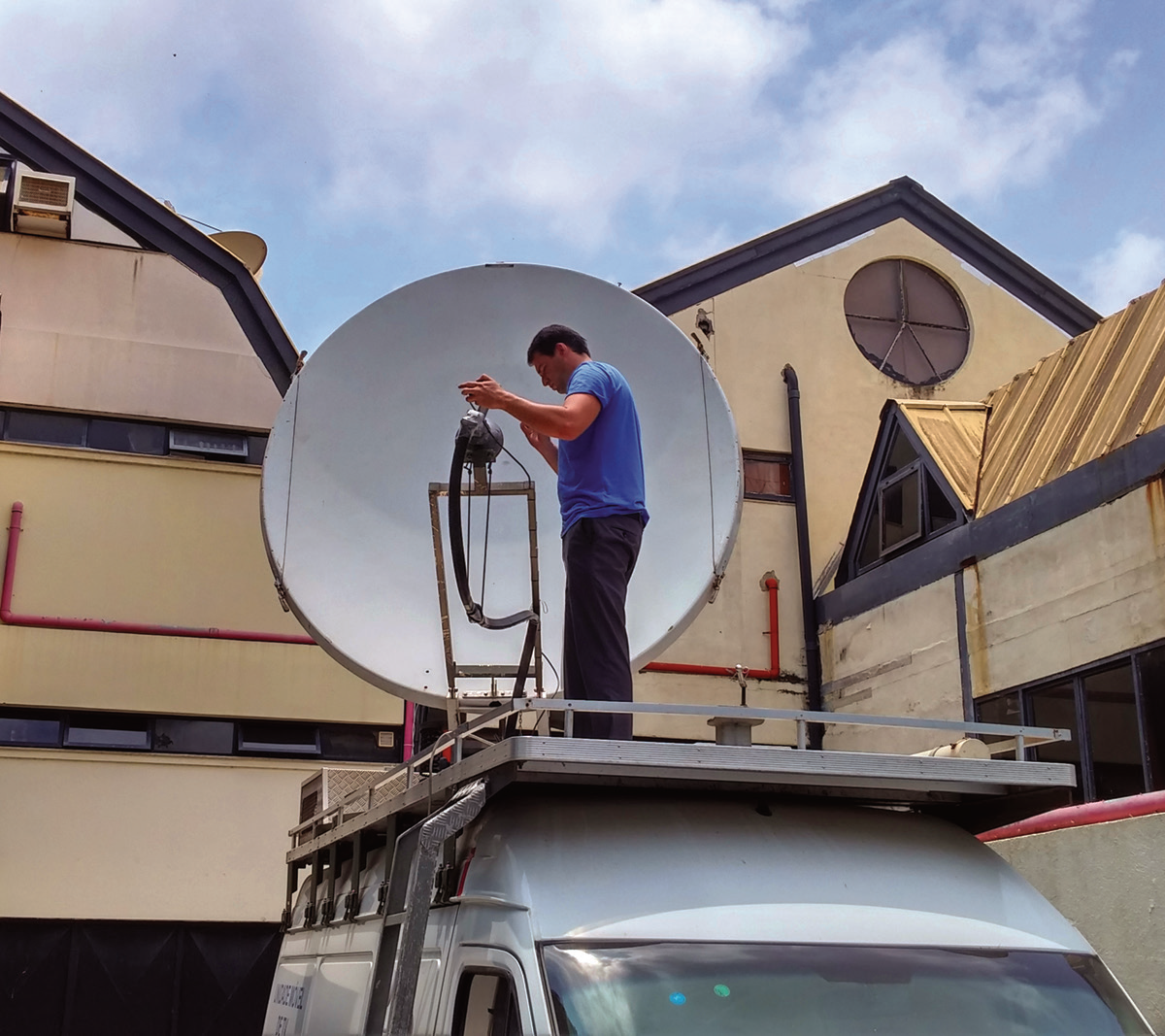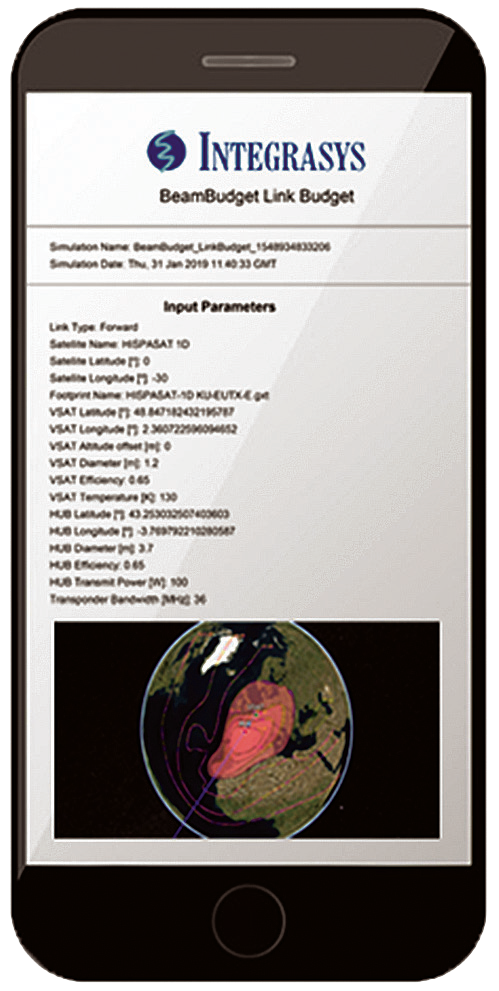Having traditionally been extremely important for broadcast, the satellite industry is faced with increasing competition from other communication technologies. With so many other options at broadcasters’ fingertips and a growing demand for low cost, highly efficient connections, it is becoming increasingly challenging for satellite to maintain its relevance. How can satellite compete with the latest communications technologies?
The Evolution of Broadcast
The broadcast landscape has evolved dramatically over recent years. Not only has it become more complex, with broadcasters delivering content to multiple platforms, for example, it has also become extremely competitive, with content being delivered by more providers than ever before.

All of this means that consumers simply expect the service they want when they want it and have no patience for any drop in quality. Broadcasters therefore need to be able to deliver a seamless service whilst at the same time keeping costs low.
This is where satellite is currently struggling. Not only is it sometimes more expensive than other communications technologies, satellite is certainly more complex. It is all too easy to make errors by pointing to the wrong satellite, for example. Unless the broadcaster has a dedicated satellite engineer on hand, these errors can go unnoticed until they cause severe service disruption.
With broadcasters trying to cut costs and streamline operations, it is simply not feasible to have a dedicated resource on hand all the time, which will likely lead to an increase in errors. If not addressed, we are likely to see broadcast turn its back on satellite as an enabling technology except for those areas where only satellite will reach.
Therefore, the only way to ensure satellite remains relevant for broadcast is to make it much more efficient and cost-efficient right through the workflow so that it becomes an attractive option for broadcasters.

Choosing the Correct Service
One of the biggest challenges for satellite broadcasters is ensuring they select the right satellite network for their channels. If they get it wrong, the service is likely to not be optimized and they are far more likely to look for alternative methods.
The industry, of course, uses link budget calculations to account for gains and losses on any given satellite link and ultimately determine which satellite is best for any given service. The problem is that link budget calculations are exceedingly complex and even within the satellite industry, only a few people have the necessary expertise to perform them.
If we, as an industry, baffle broadcasters, or indeed other satellite users, with long and complex calculations, they will likely either end up with the wrong service or be more inclined to go elsewhere. Instead we need to make these calculations easily accessible to anyone so they are armed with the right information and can make an informed decision.
This was the impetus behind Integrasys developing the link budget tool, Beam Budget. This tool makes it possible for anyone to perform and understand link budget calculations addressing a number of factors that make these calculations complex.

Many of the problems arise at setup. Often, antennas are being setup by untrained personnel and when it is done incorrectly, it costs the broadcaster a great deal in both time and resources to put it right. The problem is that it is really difficult to get the antenna to point to precisely the right place and really easy to get it wrong. Mistakes at setup can naturally affect the service, but it can also lead to satellite interference for other satellite users.
The mistake may even go initially unnoticed, prolonging any detrimental effect for the broadcaster. In the case of newsgathering, the broadcaster is having to constantly setup the antenna every time there is a new story to cover and simply doesn’t have time for errors. If it is not setup well, the story may well be lost, but when the news reporter is also the OB truck driver, satellite engineer, and cameraman, that can be somewhat of a challenge. This is especially important when you consider that good fiber links and the upcoming launch of 5G is making it easier than ever for news broadcasters to connect without the need for satellite.
That is why the satellite industry needs to make the setup process as quick and as easy as possible. Auto-pointing antennas are certainly a step in the right direction, as is our own Satmotion SNG, which comes as a simple phone app and helps anyone ensure the antenna is pointing correctly, regardless of their level of satellite expertise, or lack thereof.
What Happens After Setup?
Even if the correct satellite capacity is purchased and setup well, we all know that, afterwards, things can go wrong. This can lead to satellite
interference or signal degradation caused by a number of factors such as extremes of weather or someone else interfering with your signal. On-the-move terminals make that even more complex of course as they can lose signal as they move.
Broadcasters are well-used to the need for continual monitoring of services. At the same time, they are looking for ways to make that monitoring much more automated, generating alerts for human intervention only when an anomaly is spotted.

Manually monitoring multiple services across different networks and channels would of course be extremely time-consuming but also challenging, making it much more likely to miss errors.
By automating that process, not only does it make it more cost-effective, it also ensures far greater accuracy that is possible with the human eye. This, in turn, makes time to resolution faster and keeps the broadcaster on air with a seamless service.
The more we can do to make that even more efficient, the better. In my opinion, what we should now be looking at is how new technology, such as Artificial Intelligence (AI), can help to improve monitoring. AI could help us more accurately detect anomalies leading to much more actionable alerts.
Will Satellite Remain Relevant for Broadcast?
In spite of increasing competition, satellite remains an invaluable way for broadcasters to distribute signals across the globe, regardless of the communication infrastructure. In particular, satellite is heavily relied upon for newsgathering where the news crews may have to travel to remote areas to cover breaking stories.
Even as consumers move away from just watching broadcast TV, we will see satellite increasingly have an important role to play to enable both Internet of Things and 5G, at the very least at the back-end.

However, for satellite to remain at the forefront of communication, the industry must provide efficient, simple and cost-effective access to its services. If we can’t do this, then we cannot compete in this changing environment.
Pedro Ruiz, the R&D Director for Integrasys, holds an MSc. degree in Telecommunication Engineering from the Universidad of Seville (1999). Pedro joined Integrasys in 2005 as an R&D Engineer of Advanced Systems and developed the Satmotion product line. He has extensive experience with system architecture, software development and validation work packages. Pedro represents Integrasys in the Artemis-eSONIA project.

